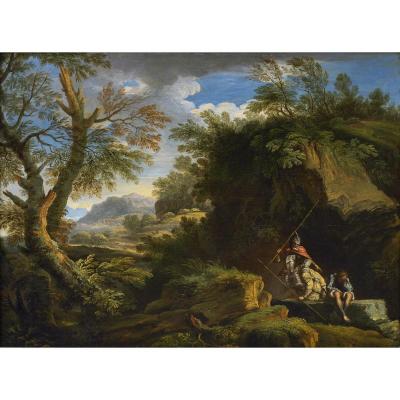On a rocky ledge are two soldiers, one standing with a helmet, breastplate, red cape and spear in his right hand, the other also harnessed and the handle in his left, seated from behind next to a young man in mourning, his face bowed. resting on the left hand.
The inventiveness of which clearly refers to the figurative repertoire of Salvator Rosa, even with a direct resumption of one of his engravings (from the "Series of figurines", engraved by "Carolo Rubeo") for the young man, absorbed in his thoughts , generally considered by the critics as a prisoner of the two armigers. Even the taste of the landscape of the scene generically refers to Rosa, but with a more advanced evident representative transcription, the examination of which leads us with palpable evidence to the name of Andrea Locatelli (Rome 1695-1751), for full confirmation of its typological imprint, united with the pictorial, in the drafting of all the landscape parameters, and in particular those of trees and foliage, as well as terrestrial vegetation.
A confirmation from which emerges his particular chromaticism imbued with light, with which he achieves brilliant effects of lightness by means of an imbued pictorialism, in this case well highlighted by the rustling of the foliage.
The effect obtained is that of restoring the whole of a romantic and peaceful representation at the same time, real but tending towards the ideal, thanks to a wise distribution of space and broad lines of color.
The scene is theatrically composed, through a decorative subdivision of the image and a use of chiaroscuro in the service of emotion, framed by wooded wings, made of trees, bushes and rocks and by the diagonal slope promontories, which delimit the landscape, on which distributes the clear and clear light of the sky on the horizon. As for the composition, on the proscenium, the typical "Rosian" figurines are presented, immersed in a tonal luminosity, but the field of vision is only apparently relaxed, it is an open and attentive plan. to the chromatic values of light, to offer a show in balance between ideal and natural, of classical and poetic inspiration.
The representation, its composition and the pictorial material lead us to consider this painting as the work of a mature artist, with a personal modus, determined by the assimilation of different models reigning in Roman space. The current "landscape" therefore offers us one of the most explanatory examples of the basic ascendancy exercised by Salvator Rosa over Locatelli, because it is accompanied by a direct figurative comparison, and also continued in the representation of the majestic trunks. secular, characterizing the compositions of the Neapolitan master, and intended to appear in the Italian landscape until the entire eighteenth century.
However, the vast Rosian influence, deeply introduced into the Roman sphere especially by Jacob de Heusch, is interpreted in a modern way by Locatelli, as we can taste in this painting of his, centered on a warm chromaticism and a brilliant luminosity, enhanced. in these details - the three figures of foliage and bark - which are directly struck by the rays of the sun or stand out from the light against the cloudy sky.
The paintings and works of art published here are my exclusive property and therefore are always available to be viewed, by appointment, in my exhibition sites located in Sanremo and Brescia.
This item , like all our objects, is sold accompanied by a photographic certificate FIMA of authenticity and lawful origin; this document identifies the object by adding more value to the article.
We take care and personally organize the packaging and shipping of our items with insurance all over the world.
Mr Riccardo Moneghini
Art Historian







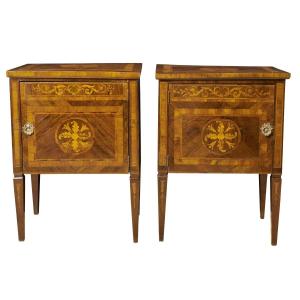
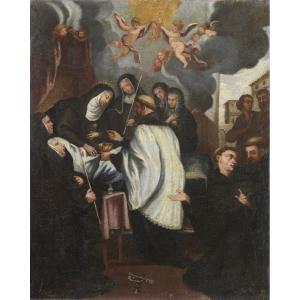
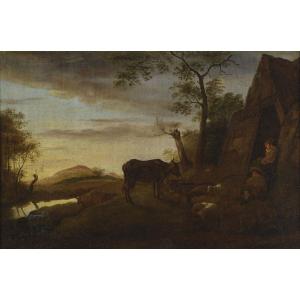
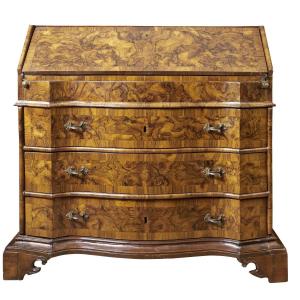
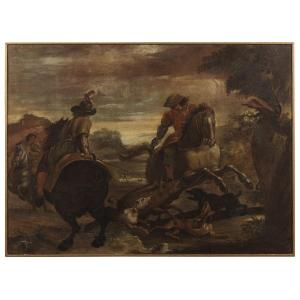
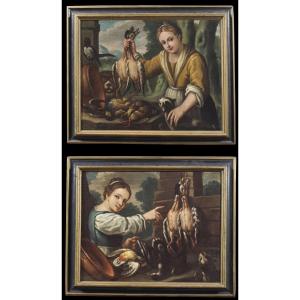
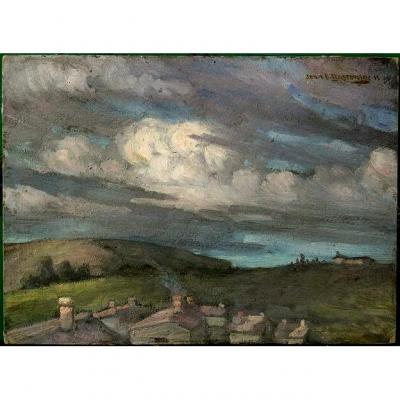
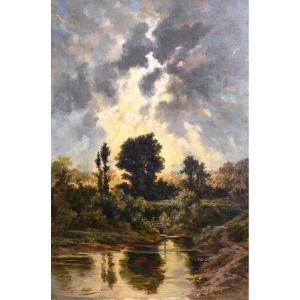


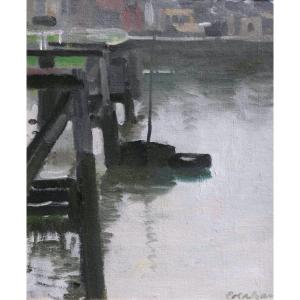




 Le Magazine de PROANTIC
Le Magazine de PROANTIC TRÉSORS Magazine
TRÉSORS Magazine Rivista Artiquariato
Rivista Artiquariato
